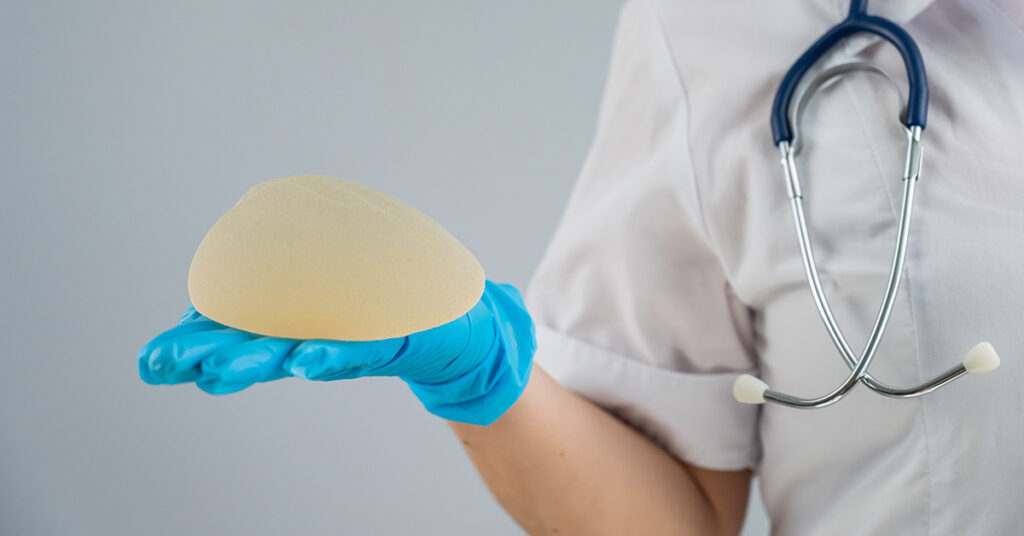
Breast augmentation is one of the most popular cosmetic surgeries worldwide, with many opting for implants to enhance their appearance. However, the procedure comes with various safety concerns that potential patients should be aware of. Here, we delve into the key issues surrounding breast implant safety to help you make an informed decision.
Types of Breast Implants
There are two primary types of breast implants: saline and silicone.
- Saline Implants: These are filled with sterile salt water. They are considered safer if ruptured, as the body can absorb the saline solution without harm.
- Silicone Implants: These are filled with silicone gel, which many believe feels more like natural breast tissue. However, if they rupture, the silicone may stay within the implant shell or leak into the breast implant pocket, potentially causing complications.
Common Safety Concerns
1. Rupture and Leakage
One of the primary concerns is the potential for implants to rupture or leak. Saline implant ruptures are noticeable almost immediately as the breast deflates. Silicone implant ruptures, however, may not be as apparent, leading to “silent ruptures” where the leak goes unnoticed for a period of time. Regular MRI scans are recommended to detect these silent ruptures.
2. Capsular Contracture
This occurs when the scar tissue that normally forms around the implant tightens and squeezes the implant. Capsular contracture can cause discomfort, pain, and changes in the breast’s appearance. In severe cases, surgery might be required to remove or replace the implant.
3. Infection
As with any surgical procedure, there is a risk of infection. Infections can occur shortly after surgery or years later. If the infection does not respond to antibiotics, the implant might need to be removed.
4. Breast Implant-Associated Anaplastic Large Cell Lymphoma (BIA-ALCL)
BIA-ALCL is a rare type of lymphoma that has been linked to textured breast implants. The condition is not breast cancer but rather a cancer of the immune system. It usually occurs in the scar tissue and fluid near the implant but can spread throughout the body.
5. Breast Implant Illness (BII)
Some women report a variety of systemic symptoms they attribute to their breast implants, collectively known as Breast Implant Illness. Symptoms can include chronic fatigue, joint pain, cognitive difficulties, and autoimmune diseases. Although not officially recognized as a medical diagnosis, many patients and doctors believe there is a connection between breast implants and these symptoms.
6. Impact on Breastfeeding and Mammograms
Implants can potentially interfere with breastfeeding, although many women with implants can breastfeed without issues. Additionally, implants can make mammograms more complicated, sometimes requiring additional imaging to ensure comprehensive breast cancer screening.
Regulatory and Monitoring Efforts
Regulatory bodies such as the U.S. Food and Drug Administration (FDA) and similar organizations globally continue to monitor and evaluate the safety of breast implants. In recent years, the FDA has taken steps to improve patient education, including requiring manufacturers to include a boxed warning and a patient decision checklist to ensure patients understand the risks involved.
Making an Informed Decision
Before deciding on breast implants, it is crucial to:
- Research Thoroughly: Understand the different types of implants and their associated risks.
- Consult with a Board-Certified Surgeon: Ensure your surgeon is experienced and discuss all potential risks and benefits.
- Consider Your Health History: Discuss any pre-existing health conditions or concerns with your healthcare provider.
- Stay Informed: Keep up with the latest research and guidelines from regulatory bodies.
While breast implants can offer satisfying aesthetic results, it’s essential to weigh the potential risks and complications. By staying informed and consulting with experienced medical professionals, you can make a decision that aligns with your health and cosmetic goals. Remember, safety should always be a top priority when considering any surgical procedure.


